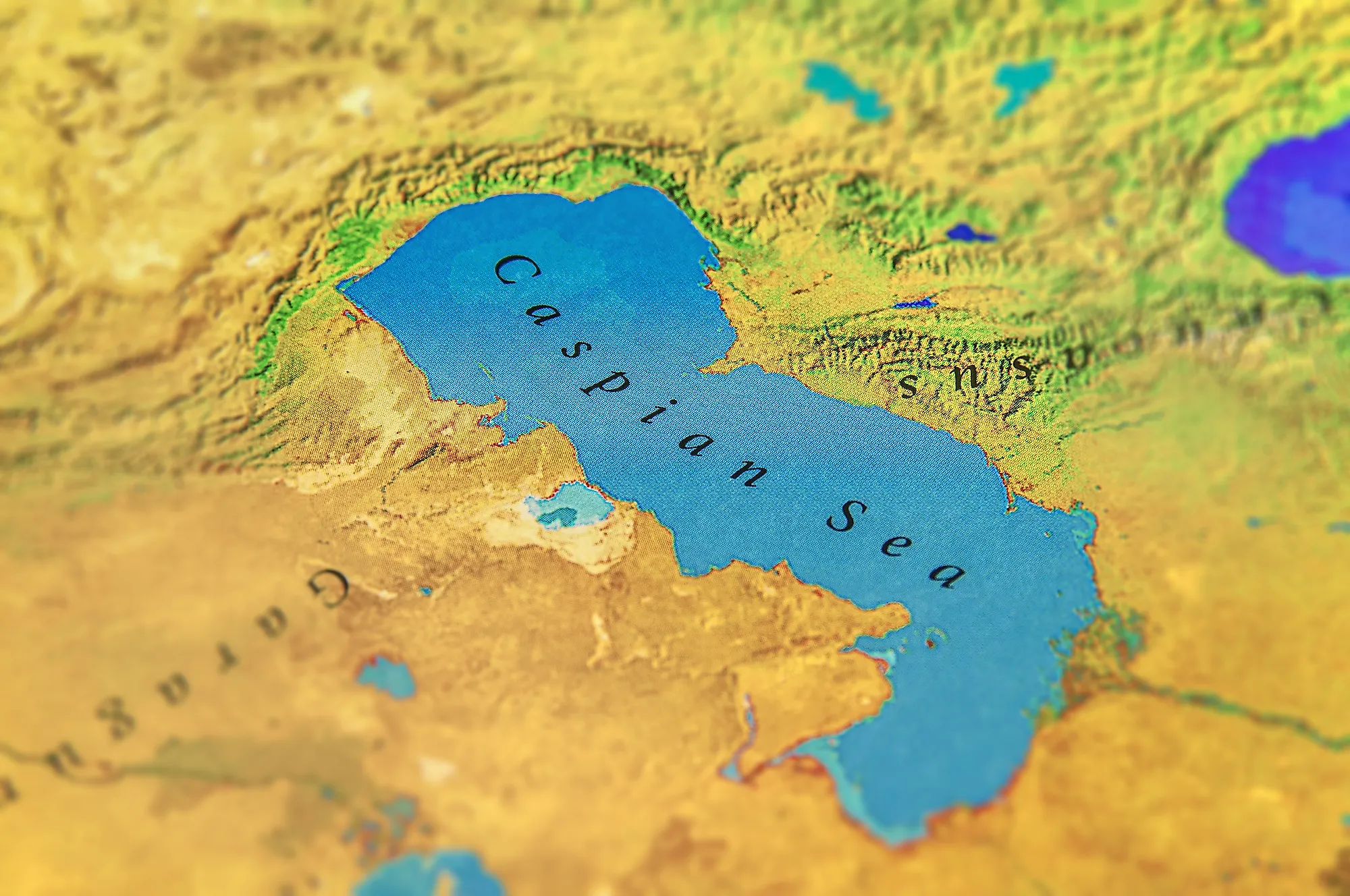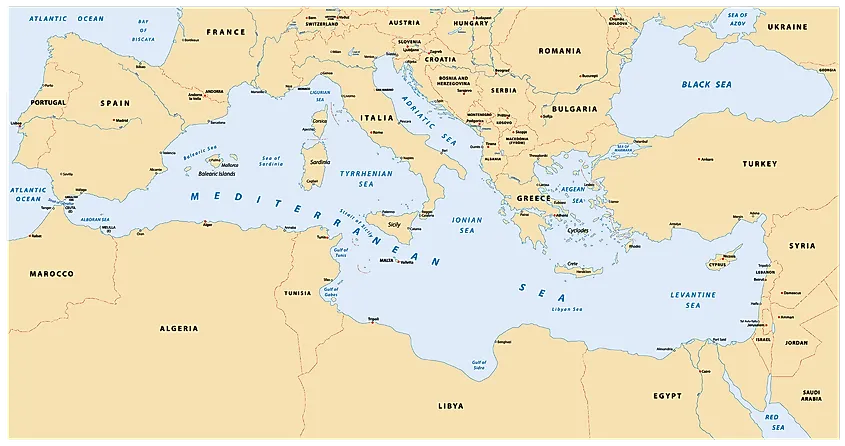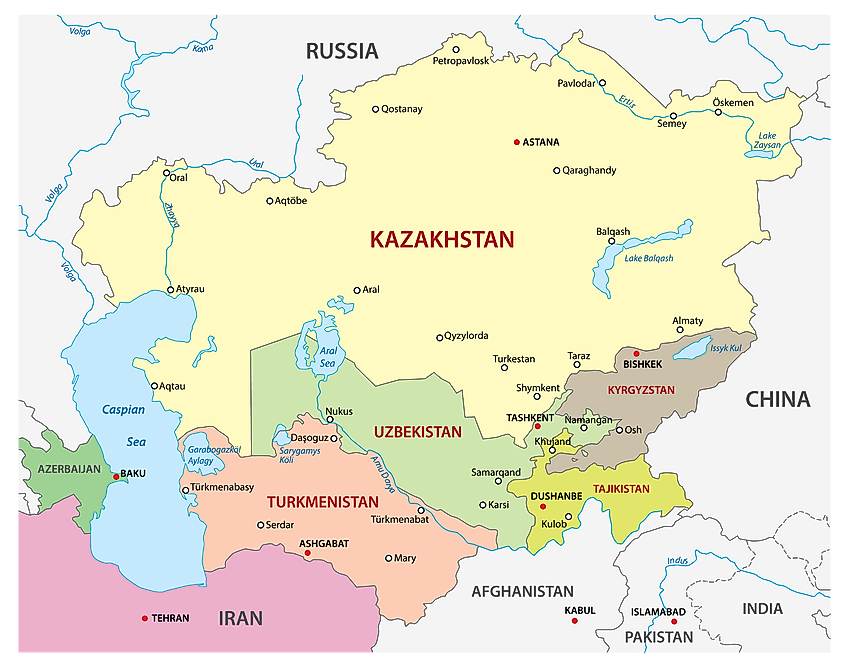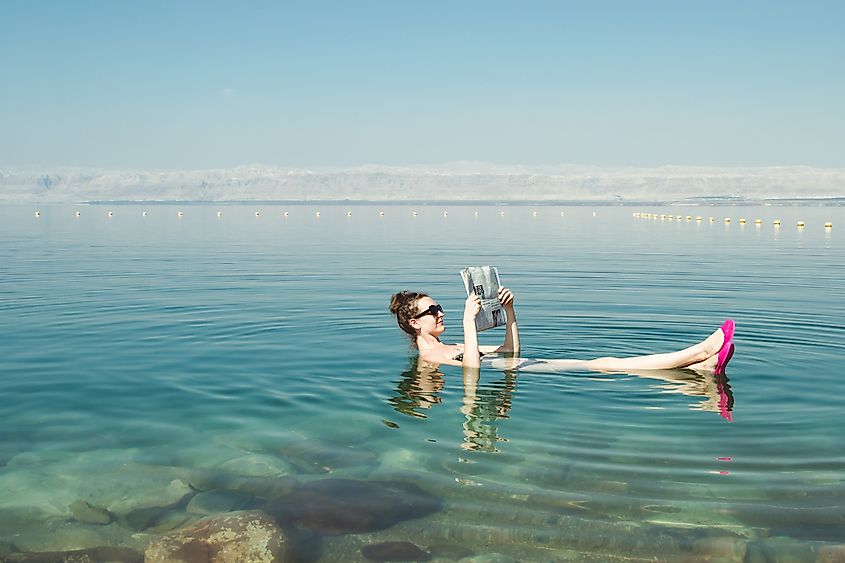
Differences Between Sea And Lake
Most people are familiar with what a sea or lake is, but confusion often occurs because some bodies of water called seas are also referred to as lakes. For instance, the Caspian Sea is actually considered the largest lake in the world. The Dead Sea, despite its name, is one of the saltiest lakes on Earth. The Aral Sea, located between Uzbekistan and Kazakhstan, is also classified as a lake. Although the terms “lake” and “sea” can be confusing, they describe different types of bodies of water, distinguished by fundamental differences.
The major differences between a lake and a sea are;
| Lake | Sea |
|---|---|
| Enclosed on all sides by land and not connected to an ocean. | Connects to an ocean. |
| Smaller | Larger and Deeper Typically |
| Can be either natural or artificial | Occurs naturally |
| Primarily freshwater, but it can sometimes be salty. | Contains only salty water |
Brief Definition Of Sea And Lake

A lake is a still, deep, hollow body of water surrounded by land on all sides. It is an inland water source that receives water from various sources like rivers and streams. Lakes are isolated from other large water bodies such as oceans and seas. They can be naturally occurring or man-made, and they include different types, such as tectonic and highland lakes.
On the contrary, a sea is a water body directly connected to a larger body of water - the ocean. Thus, a sea is a continuous stretch of water, mainly salty water opening to or emptying its waters in an ocean. Seas are broadly classified as internal or external. Internal seas, like the Mediterranean and the Black Sea, are almost enclosed by mainland and have access to the ocean via a strait. External seas, such as the Caribbean, are in the form of bays surrounded by islands.

Size And Depth
Lakes vary in size- small, medium, or large- with water visible on the surface. Their topography, size, and shape can change over time, either shrinking or expanding. Some lakes may even dry up, turn into swamps, or vanish if their inflow is cut off or becomes inadequate. Most lakes worldwide tend to be shallow, with surface areas less than 100 square miles, although a few can extend over 1.500 square miles.
Seas are significantly larger and deeper than lakes, holding greater volumes of water. Due to their size and connection to the World Ocean, it is unlikely for seas to dry up or vanish.
Type Of Water
Seas contain salty or saline waters, meaning they are always salty. One kilogram of seawater contains approximately 35 grams of various sea salts, including sodium chloride, magnesium sulfate, and magnesium chloride. The sea saltiness result from salt and minerals deposited by rivers flowing into the ocean or sea.

Lakes contain either fresh or saline water. Thus, there are freshwater lakes and saline lakes. The Dead Sea is the world’s most saline lake. Freshwater lakes contain freshwater because they are frequently replenished by rain or water flow in and out of them constantly. On the other hand, some lakes are salty because they do not have an outlet. Therefore, since rivers carry salt and other minerals into the lakes, as water evaporates, salts are left behind.










